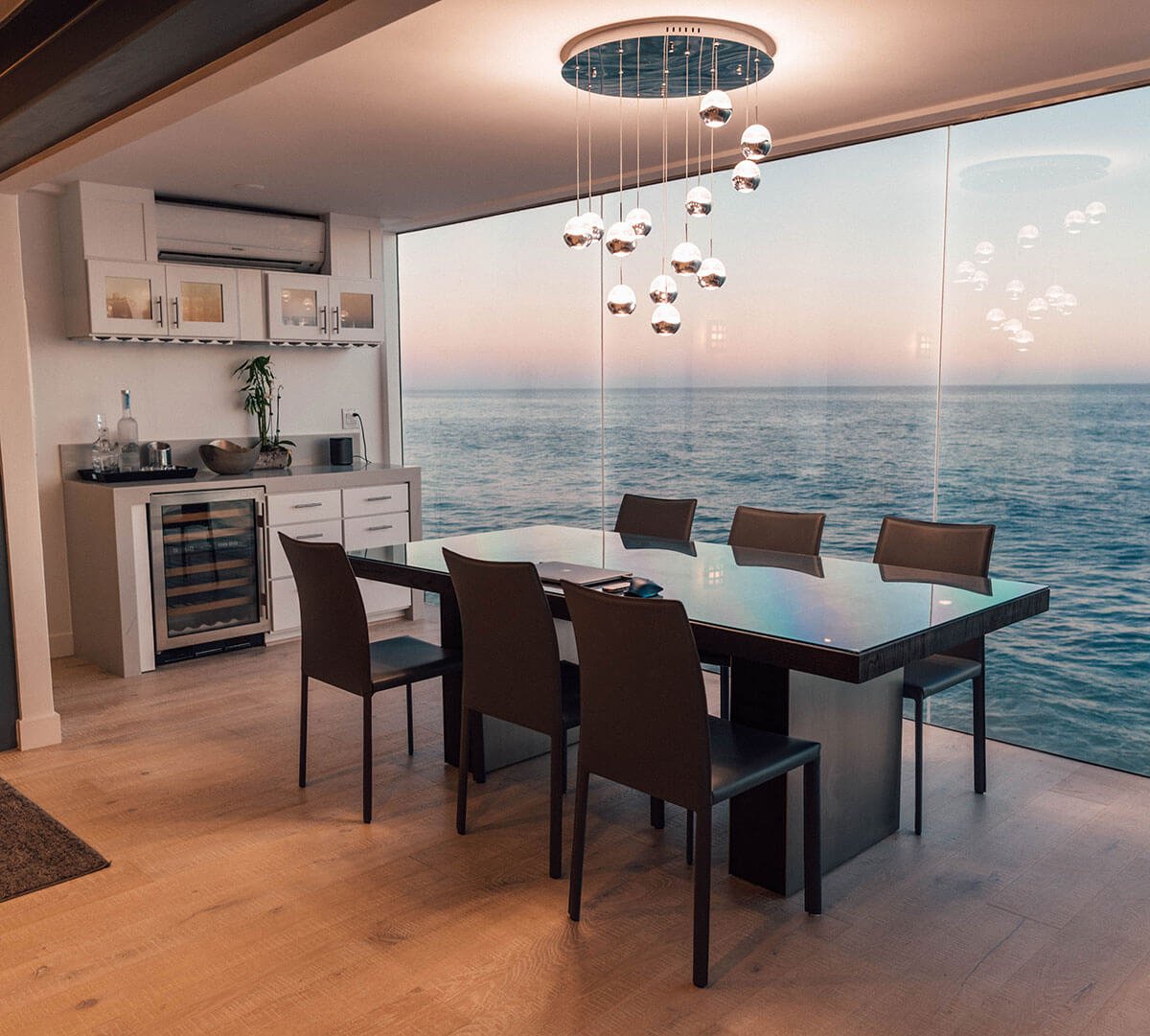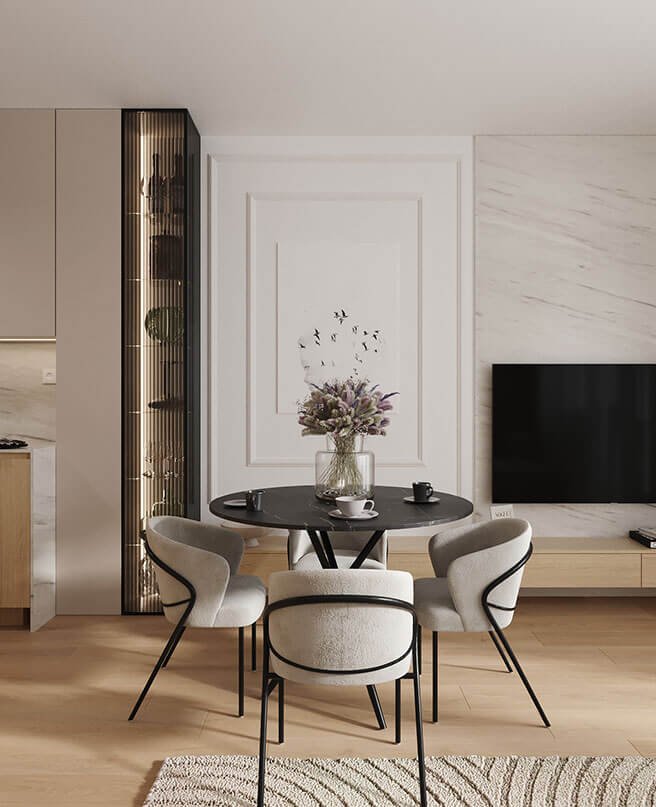Blending Innovation and Tradition in the Modern World
Architectural design is a captivating blend of art, science, and innovation that shapes the physical environment we live in. It’s a dynamic field that constantly evolves, responding to cultural shifts, technological advancements, and the ever-changing needs of society. In this blog post, we’ll explore the fascinating world of architectural design, delving into its history, key principles, and its role in shaping the future.

The Historical Tapestry of Architectural Design:
Architectural design is a journey through time, reflecting the values, beliefs, and aesthetics of different eras. From the grandeur of ancient Egyptian pyramids to the sleek minimalism of modern skyscrapers, architecture has been a mirror of human civilization.
Ancient Wonders:
- The roots of architectural design can be traced back to ancient civilizations like Mesopotamia and Egypt, where monumental structures served both practical and symbolic purposes. The Pyramids of Giza stand as timeless testaments to the prowess of ancient architects.
Ancient Wonders:
- The roots of architectural design can be traced back to ancient civilizations like Mesopotamia and Egypt, where monumental structures served both practical and symbolic purposes. The Pyramids of Giza stand as timeless testaments to the prowess of ancient architects.
Classical Orders:
- Greek and Roman architecture introduced the classical orders, which form the basis of much of Western architecture. The Doric, Ionic, and Corinthian columns are iconic elements that continue to inspire architects today.
Medieval Marvels:
- The Gothic cathedrals of Europe, with their soaring spires and intricate stone carvings, represent a pinnacle of medieval architectural design. These structures sought to connect humanity with the divine.
Industrial Revolution:
- The advent of the Industrial Revolution introduced new materials and construction techniques, enabling the rise of industrial architecture, characterized by the use of iron and steel in structures like the Eiffel Tower.
The Principles of Architectural Design:
Architectural design is governed by a set of fundamental principles that guide architects in creating functional, aesthetically pleasing spaces. These principles serve as the foundation for every architectural project.
Functionality:
- A building's primary purpose should inform its design. Architectural design must cater to the practical needs of its occupants, ensuring spaces are efficient and ergonomic.
Aesthetics:
- Aesthetic considerations are crucial. Design elements such as form, balance, proportion, and harmony shape the visual appeal of a structure.
Sustainability:
- In the modern world, sustainability has become a central concern. Architects must consider energy efficiency, environmentally friendly materials, and sustainable design practices to minimize the ecological footprint of their creations.
Context:
- Architecture doesn't exist in a vacuum. Buildings must relate harmoniously to their surroundings, whether in an urban or natural setting.
Innovation:
- Innovation is the lifeblood of architectural design. Advancements in technology, materials, and construction techniques continually push the boundaries of what's possible.
The Role of Technology in Architectural Design:
Technology has revolutionized architectural design, enabling architects to push the boundaries of creativity and functionality. Computer-aided design (CAD) software has become an indispensable tool, allowing architects to create and modify designs with precision and efficiency.
3D Printing:
- This groundbreaking technology has the potential to reshape how buildings are constructed. 3D printing allows for the creation of intricate architectural elements with unprecedented speed and accuracy.
Virtual Reality (VR) and Augmented Reality (AR):
- These immersive technologies enable architects to create virtual walkthroughs of their designs, providing clients with a realistic preview of the final product.
Sustainable Design Software:
- Specialized software helps architects assess the environmental impact of their designs, allowing for the integration of eco-friendly features.
Building Information Modeling (BIM):
- BIM software facilitates collaboration between architects, engineers, and contractors by creating a shared digital model of the building. This streamlines the design and construction process.

Architectural Styles: Tradition Meets Modernity:
Architectural design is a field where tradition and modernity often converge. Architects draw inspiration from historical styles while infusing their work with contemporary sensibilities. Some prominent architectural styles include:
Modernism:
- Characterized by clean lines, open spaces, and a rejection of ornamentation, modernist architecture prioritizes functionality and simplicity. Iconic examples include the Bauhaus school and the work of Le Corbusier.
Postmodernism:
- Postmodern architecture celebrates diversity and eclecticism. It incorporates elements from different historical styles, often with a sense of irony and playfulness.
Art Deco:
- A style that emerged in the 1920s and 1930s, Art Deco is known for its bold geometric shapes, ornate detailing, and use of luxurious materials.
Minimalism:
- Minimalist architecture embraces simplicity, with an emphasis on clean lines, neutral colors, and a focus on the essentials. It seeks to create spaces that are serene and uncluttered.
The Architect’s Creative Process:
Architectural design is a creative process that begins with a spark of inspiration and evolves through careful planning, collaboration, and execution. The architect’s journey includes several key stages:
Conceptualization:
- Architects start by brainstorming ideas, exploring different design concepts, and considering the project's goals and constraints.
Schematic Design:
- This phase involves creating rough sketches and diagrams to develop the initial concept into a more detailed design. Architects consider the building's layout, spatial organization, and overall form.
Design Development:
- During this stage, architects refine the design, considering factors like structural integrity, building codes, and sustainability. They also work closely with clients to ensure their vision aligns with the project.
Construction Documents:
- Architects create detailed plans and specifications that serve as the blueprint for construction. These documents include architectural drawings, materials specifications, and project schedules.
Construction Administration:
- Architects play a vital role during the construction phase, working with contractors to ensure the design is executed as intended. They also address any unforeseen challenges that may arise.
Architectural Design’s Impact on Society:
Architectural design isn’t just about creating beautiful buildings; it has a profound impact on society as a whole. Here are some ways in which architecture influences our lives:
Cultural Identity:
- Architectural landmarks often become symbols of cultural identity and heritage. They serve as a source of pride and connect people to their roots.
Quality of Life:
- Well-designed spaces enhance the quality of life. Thoughtfully designed homes, workplaces, and public spaces can promote well-being and productivity.
Environmental Sustainability:
- Architects have a role in mitigating the environmental impact of buildings. Sustainable design practices, such as green building techniques and energy-efficient design, contribute to a healthier planet.
Community Building:
- Public spaces, parks, and community centers designed with people in mind foster social interactions and a sense of community.
Economic Impact:
- The construction industry, driven by architectural design, is a significant contributor to the economy. Iconic buildings also attract tourism and stimulate local businesses.
Challenges and Future Trends:
As architectural design continues to evolve, it faces various challenges and embraces exciting trends:
Climate Change:
- Architects must address the challenges posed by climate change, incorporating resilience and adaptation into their designs.
Smart Cities:
- Smart cities face challenges like data security, infrastructure integration, and urban sustainability while embracing future trends like AI, 5G, IoT, citizen engagement, and green technologies.
Architectural design is a dynamic discipline that merges creativity, functionality, and innovation to shape the spaces we inhabit. From its historical roots to modern advancements, it reflects the evolution of society and the power of human ingenuity. As we move forward, architects must balance tradition with innovation, sustainability with growth, and individual needs with collective well-being. By addressing emerging challenges and embracing future trends, architectural design will continue to transform our world, leaving an enduring impact on both people and the planet.

